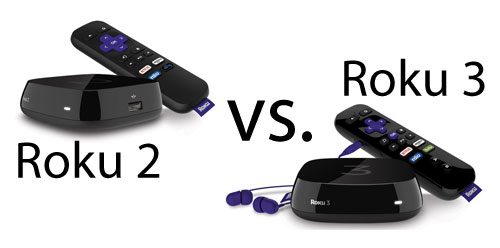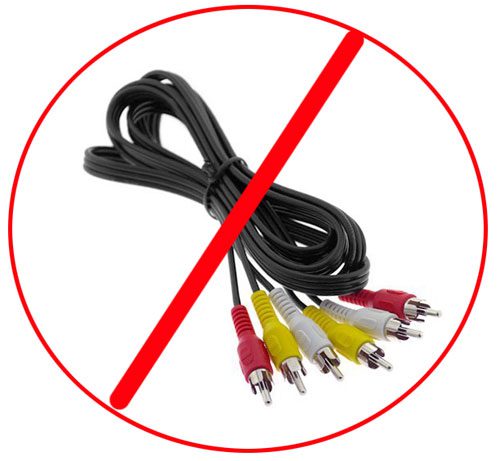If you are shopping for a device to stream audio and video to your TV, then either of these devices is a great choice. But you are probably curious about the differences between the two models, as the Roku 2 has a significantly lower price tag than the Roku 3. Our comparison below will highlight the key differences between the two set-top boxes to help you decide if the differences in features between the Roku 2 and the Roku 3 are worth the added cost.
Performance
Both the Roku 2 (4210R) and the Roku 3 (4230R) are using the same processor. This means that they will perform equally when navigating between menus and processing the video streams that you are downloading over the Internet. The previous version of the Roku 2 had a weaker processor than the previous version of the Roku 3, but this product update has placed them on equal footing. The Roku 2 and the Roku 3 both also boast dual-band wireless capabilities, which means that there is also no difference in their ability to connect to the wireless network in your home. So when it comes to performing the core function of this type of device, which is to connect to the Internet to stream and play content, there is no significant difference between the Roku 2 and the Roku 3. Winner: Tie
Remote Control
Your main source of interaction with your Roku device is going to be through the included remote control. Therefore, it is important to consider any downfalls or advantages that one device may have over another as a result of missing features. The Roku 2 remote control is not a “point anywhere remote”, so does not offer this same luxury. It works the same way as most other IR remotes, in that you will need to have a line of sight to the device, and you will need to point the remote control at the Roku 2. Since its’ initial release, the Roku 3 remote control has also offered a headphone jack in its’ remote control. Simply plug a pair of headphones into the jack and the Roku 3 audio will be muted on your TV and re-directed to your headphones. This is perfect when you want to watch something on the Roku, but someone else is in the room sleeping or working. The older version of the Roku 2 (the 2720R model), also had a headphone jack, but was removed with the update to the 4210R model. One final feature of the Roku 3 remote control is its’ included motion control for games. There are games that you can download and play on your Roku device, and some of them work with the motion control features on the Roku 3 remote. The Roku 2 (4210R) remote control does not have voice search, a headphone jack, or motion control capabilities. Winner: Roku 3
Other Features Shared by Both Devices
Aside from the differences with the remote control, the Roku 2 (4210R) and the Roku 3 (4230R) are virtually identical devices. They both support 1080p video streaming, and both have access to Roku’s massive selection of content channels. Both devices can be used via the Roku mobile app, and both devices offer some screen mirroring functionality with compatible phones and tablets. Both devices include an ethernet port, a USB port, and a MicroSD slot. The USB port is especially useful if you have a portable USB hard drive or flash drive containing music, movies or pictures that you would like to view on your TV.
Notable Missing Features on Both Devices
Conclusion
If you are thinking about purchasing a set-top streaming box to stream videos and music to your TV, then the Roku 2 and the Roku 3 are excellent choices. But the difference in price is significant enough that the lower-priced Roku 2 may be the right choice for a lot of people. If you do not think that you will use the voice search, motion control for gaming, or the headphone jack on the remote control, then the Roku 2 is likely the right choice for you. The fact that the two devices both use the same processor, and both have the same wireless capabilities, will likely make it difficult to justify the increased price of the Roku 3. After receiving his Bachelor’s and Master’s degrees in Computer Science he spent several years working in IT management for small businesses. However, he now works full time writing content online and creating websites. His main writing topics include iPhones, Microsoft Office, Google Apps, Android, and Photoshop, but he has also written about many other tech topics as well. Read his full bio here.
You may opt out at any time. Read our Privacy Policy



































